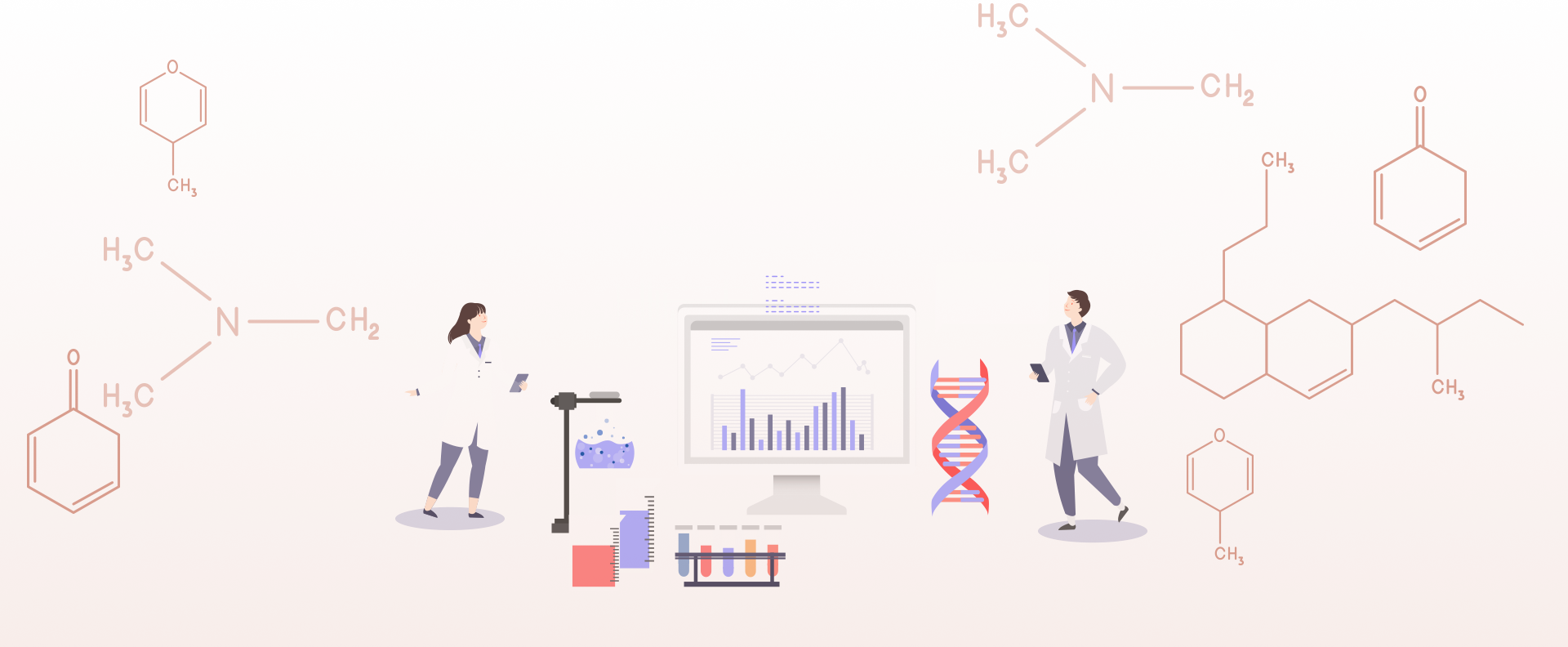
Endotoxin Detection Service
abm offers an Endotoxin Detection Service for customers from research, clinical, and environmental laboratories as well as pharmaceutical or medical device industries. Biologically-active endotoxins are detected by a cell-based colorimetric assay. Cell culture samples submitted will be examined by our in-house experts for efficient and reliable results.
-
Efficient: Simply send in a cell culture sample after placing an order and a report will be provided in 1-2 weeks.
-
Convenient: We take care of the specialized reagents and equipment needed for this assay for you.
“abm has always been very helpful with technical assistance in any of our questions and concerns. I also consider the price for the services provided as very competitive, as other companies charge a multiple of abm‘s price.”
Dr. Cameron Moshfegh, ETH Zurich
Additional Resources:
Service Details
| SERVICE NAME | UNIT | CAT. NO. |
|---|---|---|
| Endotoxin Detection Service | 1 Sample | C409 |
Additional Info
| SAMPLE SUBMISSION GUIDELINE | |
|---|---|
| Endotoxin Detection Service | Please send in 1 cryovial per sample containing at least 2×106 cells. We accept samples in cell pellet format, growth medium, freezing medium, or phosphate-buffered saline. All samples should be collected under sterile conditions. A shipping guideline can be found here. |
| Liquid Samples | Please send in 1 cryovial per sample with a minimum volume of 0.5ml. If the sample is limited, it may be possible to accommodate smaller amounts. Please contact us for details. All samples should be collected under sterile conditions. A shipping guideline can be found here. |
Endotoxin is a complex lipopolysaccharide (LPS) and is a major component of the outer membrane of most gram-negative bacteria. A single Escherichia coli contains about 2 million LPS molecules per cell. Bacteria shed endotoxin into their culture environment when they are actively growing, and in larger amounts when they die. Endotoxins are around 10kDa in size, however their size could be up to 1000 kDa if largely aggregated.
Both in vitro and in vivo experiments can be affected by endotoxins and this can affect testing results. LPS has been shown to have a strong association with high levels of toxicity and immunogenicity due to its ability to stimulate leukocyte cultures to manifest tissue factors, induction of IL-6 in equine macrophages, and even to inhibit murine erythroid colony formation (1). As LPS is able to tolerate high temperatures, and it can be toxic even without the presence of bacterial cells, it is crucial to detect endotoxin to prevent contamination in culture. This can help save researchers time and effort before the their experiments are compromised.
Reference:
- Ryan, J. Endotoxins and Cell Culture. Corning Technical Bulletin. (2008).
Documents
FAQs
Coming Soon
Citations




